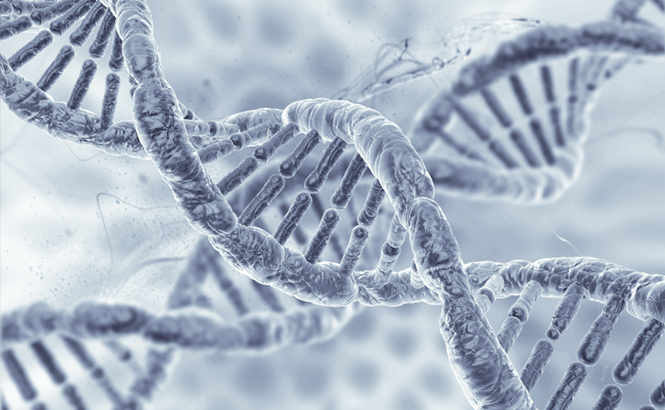
Artigo
26.06.24
Influence of CYP1A1, CYP2E1, GSTM3 and NAT2 genetic polymorphisms in oral cancer susceptibility: results from a case-control study in Rio de Janeiro
Autores: Christiane F.S. Marques, Sérgio Koifman, Rosalina J. Koifman, Paolo Boffetta, Paul Brennan, Ana Hatagima
Veículo: Oral Oncology, Edição 6, p. 632– 637
Ano: 2006
Tipo: Periódico
Resumo: Xenobiotic metabolizing enzymes are involved in the detoxification of many carcinogens and may be important in modulating cancer susceptibility. CYP1A1, CYP2E1, GSTM3, and NAT2 polymorphisms were determined in peripheral blood DNA of 231 oral cancer patients and 212 hospital controls in Rio de Janeiro, Brazil, using the PCR–RFLP technique. NAT2 polymorphism distribution was different between cases and controls (P = 0.035), with an overrepresentation of NAT2*11 mutant allele in controls. Risk analysis showed that NAT2 4/4 individuals (OR = 1.95, 95% CI = 1.05–3.60) and combined GSTM3 and NAT2 heterozygotes (OR = 1.94, 95% CI = 1.04–3.66) were at increased oral cancer risk. No statistically significant association was observed for CYP1A1 and CYP2E1 polymorphisms. Our results suggest that NAT2 polymorphism, alone or combined with GSTM3, may modulate susceptibility to oral cancer in Rio de Janeiro.
Confira o artigo completo AQUI.
